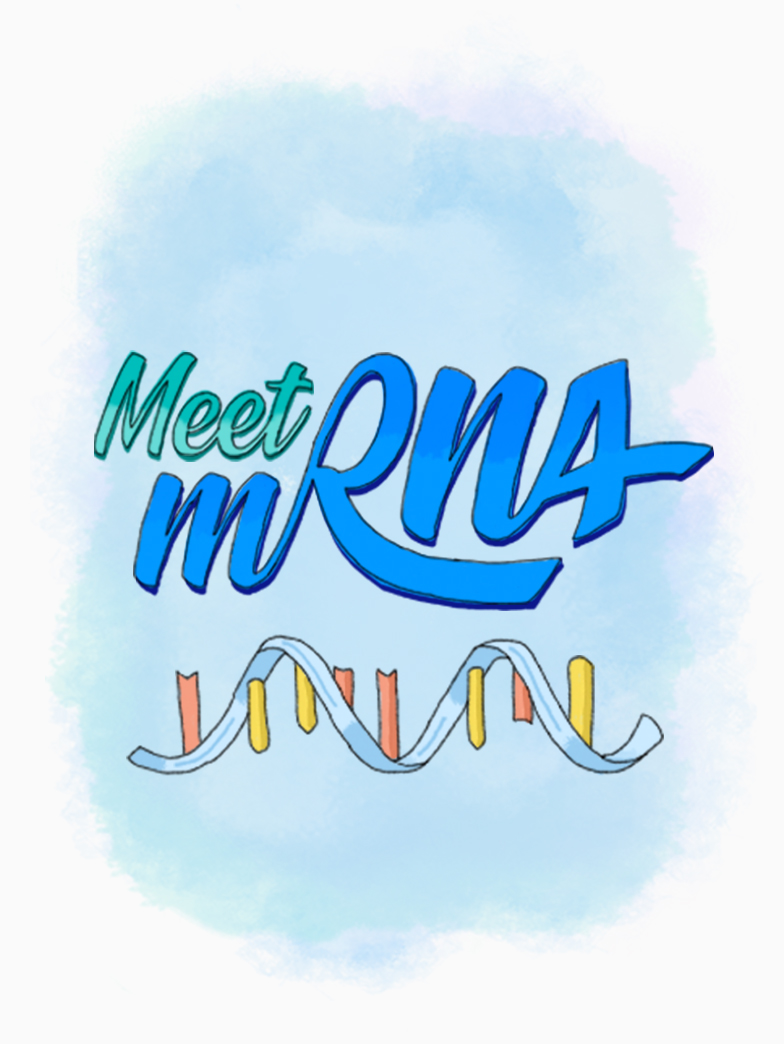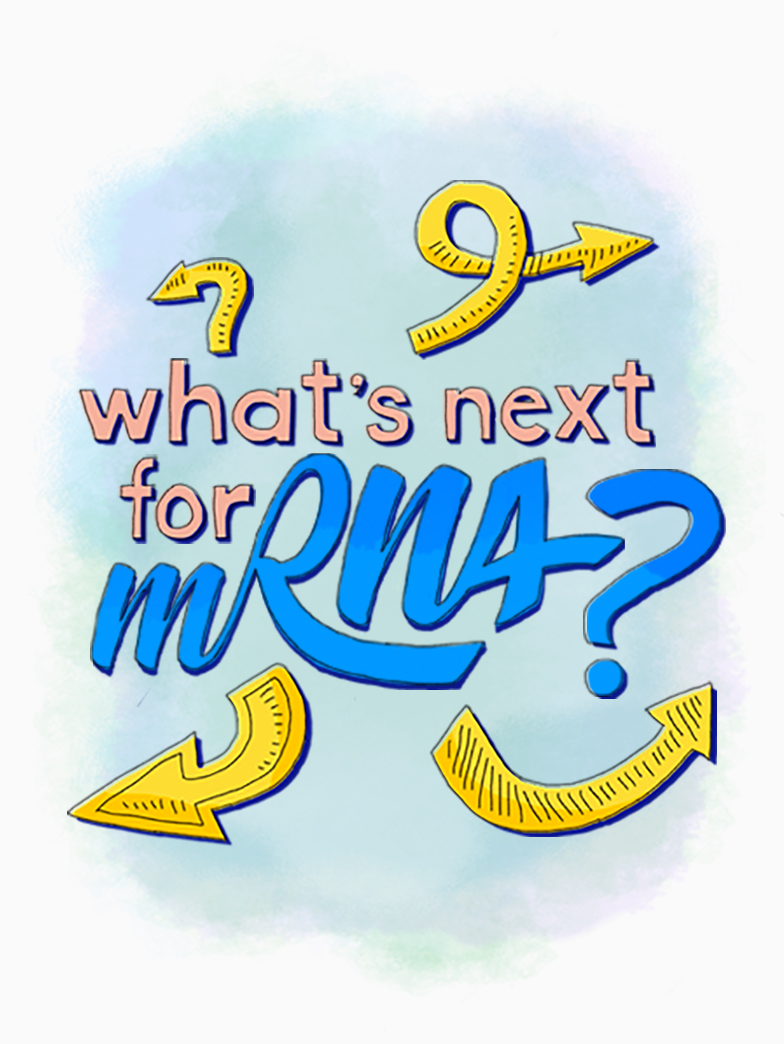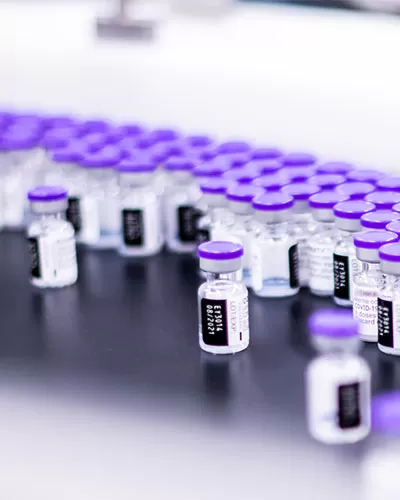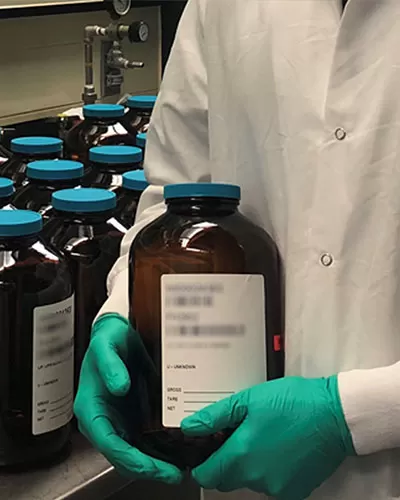- Science
- Clinical Trials
- Guide to Clinical Trials Your participation makes a difference
- Clinical Trials in Children Designed to improve kids' health
- Data and Results Sharing our Results
- Integrity and Transparency Building Trust
- Diversity Equity and Representation
- Plain Language Study Results Trial Result Summaries
- Expanded Access & Compassionate Use Possible Treatment Options
- Find a Trial
- Areas of Focus
- Rare Disease Smaller populations but big impact
- Internal Medicine Extending lifespans worldwide
- Inflammation & Immunology Treatment at the molecular level
- Vaccines Preventing the spread of infections
- Oncology The science of optimism
- Anti Infectives Combatting an evolving risk
- Areas of Innovation
- Gene Therapy Breakthroughs become treatments
- Medicinal Sciences The next generation of science
- Precision Medicine Developing tailored medicines
- Maternal Immunization Protecting newborns at the start
- mRNA Technology Unleashing the next wave of scientific innovations
- Diseases & Conditions
- Coronavirus Resources
- Product Pipeline
- Research Sites
- Clinical Trials
- Products
- How Drugs are Made
- Branded vs. Generic Learn the difference
- Biologics & Biosimilars Cures found in nature
- Commitment to Quality Maintaining the highest standards
- Global Supply Strategic manufacturing locations
- Manufacturing Sites Where medicine is made in the U.S.
- Medicine Safety
- Health Literacy Learning to be well
- Treatment Choices Learning about treatment decisions
- Partnering With Patients Helping others by reporting side effects
- Tips for Patients Preventing medication errors
- Reporting Adverse Events
- Counterfeiting Preventing medication errors
- Product Safety
- Product List
- Product Contacts
- PfizerPro for Professionals
- Patient Assistance Programs
- Distributors
- How Drugs are Made
- Stories
- Newsroom
- About
- People
- Executives Our senior-most leadership
- Board Members The people steering our company
- Scientists Our experts making discoveries
- Patient Stories Our patients
- Colleague Stories Our colleagues
- Responsibility
- Ethics & Compliance Each of us is responsible
- Responsible Business Breakthroughs that change patients’ lives
- Patient Advocacy & Engagement Putting Patients First
- Global Impact Meeting urgent needs worldwide
- Diversity, Equity, and Inclusion Everyone has something to offer
- Environmental Sustainability Our responsiblity to the environment
- Human Rights Furthering dignity and worth
- Health & Safety
- Intellectual Property The benefits of fair competition
- EHS Governance
- Misinformation
- Programs & Policies
- Grants Support for independent research
- Political Partnership Supporting like-minded organizations
- Working with Healthcare Professionals Collaboration to improve lives
- Prescription Value & Pricing How to lower patient costs
- Privacy Principles Commitment to personal data privacy
- Ready for Cures Improving Access to Medicines
- Transparency in Grants Committed to Disclosure
- Policy Positions
- Investors
- Investors Overview Information for stockholders
- Why Invest Why to join us in our mission
- Events & Presentations Calendar of upcoming events
- Financial Reports Quarterly reports and more
- Investor News Announcements about our performance
- Stock Information Charts and data
- Shareholder Services Information on stock transactions
- Corporate Governance
- Corporate Governance Overview Gaining insight into our performance
- Board Committees & Charters Defining the corporate structure
- The Pfizer Board Policies Ensuring ethical leadership
- Corporate Governance FAQs Learn more about our approach
- Contact Our Directors Email any of our Directors
- Purpose
- History
- Careers
- Partners
- People
Unleashing the Next Wave of Scientific Innovations to Fight Viruses and More
What is mRNA?
mRNA—or messenger RNA—is a molecule that contains the instructions or recipe that directs the cells to make a protein using its natural machinery. To enter cells smoothly, mRNA travels within a protective bubble called a Lipid Nanoparticle. Once inside, our cells read the mRNA as a set of instructions, building proteins that match up with parts of the pathogen called antigens. The immune system sees these foreign antigens as invaders—dispatching defenders called antibodies and T-cells—and training the immune system for potential future attacks. So, if and when the real virus comes along, the body might recognize it—sounding the alarm to help defend against infection and illness.

The Potential of mRNA to Deliver New Vaccines and Treatments
Though many people first became aware of mRNA technology because of COVID-19 vaccines, it is not new to the scientific community. For decades, scientists have studied mRNA, looking for ways to unlock its potential to prevent and treat disease. While the mechanism of action for mRNA technology is relatively simple—once inside cells, it instructs them to build proteins—researchers have had to work for years develop technologies to allow mRNA to work in the real world. mRNA has proved to be a great platform for vaccine development (and potentially therapeutics), so that our own cells can do the hard work of producing proteins, resulting in an immune response which helps protect us against diseases.
The approval of the first mRNA-based COVID-19 vaccines was a scientific turning point, establishing mRNA as a versatile, flexible technology. The focus and drive Pfizer gave to developing our COVID-19 vaccine in partnership with BioNTech gave us a wealth of scientific knowledge in just one year.
Pfizer’s next wave of mRNA scientific innovation is expanding in the infectious disease arena with vaccine development programs in flu (influenza) and shingles, as well as exploring respiratory combination vaccines.
Pfizer is also exploring the versatility of this technology in the areas of rare genetic diseases. We will stay close to other opportunities where the scientific rationale for using mRNA is strongest and Pfizer’s disease and biology area expertise is deepest, where the potential impact on patients could be greatest.
Partnering and Collaboration to Advance mRNA Science
To further build our internal capabilities, collaboration and partnership are key elements of Pfizer’s mRNA strategy. A variety of licensing and research collaborations have been initiated to further the development of mRNA-based vaccines and treatment options, including:
- An ongoing collaboration with BioNTech to advance candidates including COVID-19 and shingles. Pfizer and BioNTech also have a collaboration on flu that was initiated in 2018.
- A Development and Option agreement with Acuitas Therapeutics, which will provide an option to license Acuitas’ lipid nanoparticle delivery system for up to 10 targets for vaccine or therapeutic development.
- An exclusive research collaboration with Beam Therapeutics, which is focused on in vivo -based editing programs for a range of rare genetic diseases of the liver, muscle and central nervous system.
- A strategic research collaboration and license with Telesis BIO to access and further develop Telesis Bio’s enzymatic DNA synthesis technology for potential application by Pfizer for its mRNA-based vaccines and other biopharma products.
The Science Behind mRNA
Explore the science behind mRNA and understand why we’re thinking differently about this technology and the promise it holds.
What You Need to Know About mRNA
- What does mRNA stand for?
mRNA stands for messenger RiboNucleic Acid and is the single stranded molecule that carries the instructions to make proteins. It has a fundamental and essential role that makes our bodies function and is found in all living cells.
- What are the origins and history of mRNA technology?
mRNA was first discovered in the 1960s by researchers François Jacob and Jacques Monod who were recognized with The Nobel Prize in Physiology or Medicine for their discovery. Since then, scientists have been studying mRNA for decades given its potential to be harnessed to prevent and treat a wide range of diseases. A lot of progress was made in the early 2000s after decades of continued research into mRNA, refinements, and technological advances. The groundbreaking work of Pieter Cullis helped develop lipid nanoparticles as systems to deliver therapies and vaccines, a key enabler for mRNA technology. Research partners Katalin Karikó and Drew Weissman at the University of Pennsylvania were able to engineer mRNA in a way that could get into cells without triggering the body’s defenses. That breakthrough enabled continued scientific advances that led to the development and authorization of the first mRNA vaccines for COVID-19 in 2020 and solidified the promise of the technology.
- How does mRNA work?
mRNA—or messenger RNA—is a molecule that contains the instructions or recipe that directs the cells to make a protein using its natural machinery. To enter cells smoothly, mRNA travels within a protective bubble called a Lipid Nanoparticle. Once inside, our cells read the mRNA as a set of instructions, building proteins that match up with parts of the pathogen called antigens. The immune system sees these foreign antigens as invaders—dispatching defenders called antibodies and T-cells—and training the immune system for potential future attacks. So, if and when the real virus comes along, the body might recognize it—sounding the alarm to help defend against infection and illness.
- How is mRNA related to DNA?
DNA and mRNA are two critical and essential molecules in biology; and without one or the other, we can’t live. DNA and mRNA work together to make our bodies function. They have unique but different roles to play. DNA stores all the genetic information in our bodies; mRNA carries that genetic information, similar to a blueprint or set of instructions, that are then translated into proteins.
- What mRNA vaccines exist?
mRNA was discovered in the 1960s and it was understood through decades of research, scientific progress, and development. Today, there are mRNA-based COVID-19 vaccines available, and a lot of ongoing research using this platform to identify new ways to prevent and fight many other infections and diseases.
- How is mRNA revolutionizing the development of new vaccines and treatments?
mRNA instructs cells in the body to make specific proteins, and proteins play many essential roles in our bodies. mRNA basically uses our own body and biological processes to potentially treat diseases and prevent infections.
- What formats of mRNA does Pfizer use?
Nucleoside-modified messenger RNA (modRNA): Our first approved mRNA vaccine, the Pfizer-BioNTech COVID-19 vaccine, utilizes modRNA. modRNA stands for nucleoside-modified messenger RNA and in the synthesis of the RNA used in this vaccine platform, some nucleosides, which are important biological molecules that constitute DNA and RNA, are replaced by modified nucleosides to help enhance immune evasion and protein production. modRNA instructs our cells to produce desired proteins. We are also leveraging modRNA in our investigational flu and shingles vaccines.
Self-amplifying mRNA (saRNA): saRNA is a platform that uses a much larger molecule because not only does it encode the antigen of interest, but four additional proteins. These extra proteins allow the cell to make more copies of the mRNA, resulting in more protein being expressed from a smaller dose. Pfizer is exploring, testing, and refining multiple constructs in order to advance saRNA technology, currently for its flu program.
Latest Updates
- Pfizer Enters into Agreement with Acuitas Therapeutics for Lipid Nanoparticle Delivery System for Use in mRNA Vaccines and Therapeutics – January 10, 2022
- Pfizer and Beam Enter Exclusive Multi-Target Research Collaboration to Advance Novel In Vivo Base Editing Programs for a Range of Rare Diseases – January 10, 2022
- Pfizer and BioNTech Sign New Global Collaboration Agreement to Develop First mRNA-based Shingles Vaccine – January 5, 2022






